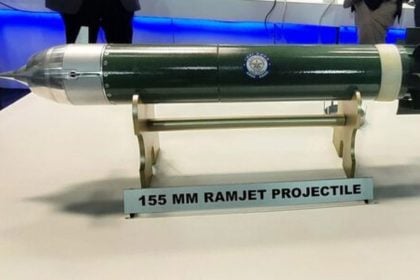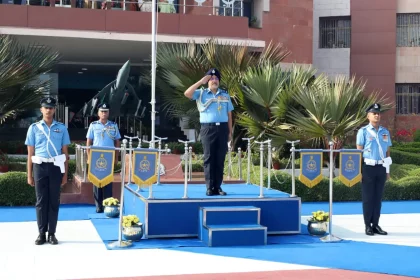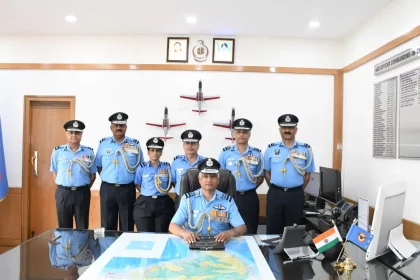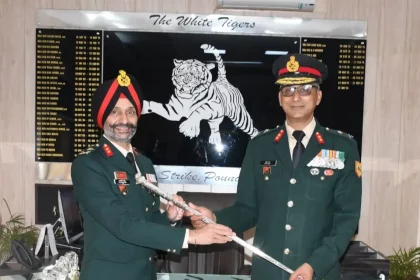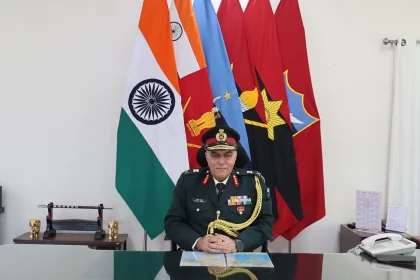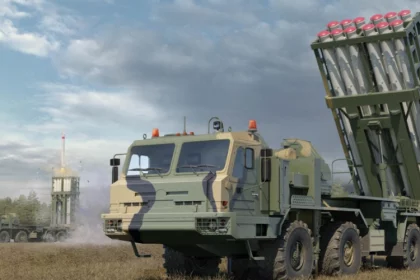Indian Army Set to Become World’s First to Deploy Ramjet-Powered 155 mm Artillery Shells
IIT Madras–Army collaboration under Atmanirbharta set to boost artillery range by up to 50%, redefining global gun-launched munitions technology.
Air Marshal Tejinder Singh Assumes Command of South Western Air Command
Seasoned fighter pilot with 4,500+ flying hours takes charge of a key operational command, reinforcing IAF readiness on the western…
Air Marshal Seethepalli Shrinivas Assumes Command of IAF Training Command
Seasoned air warrior with over four decades of service and 4,200+ flying hours takes charge of shaping the Indian Air…
Major General Mandeep Singh Assumes Command of White Tiger Division as 34th GOC
New GOC calls on all ranks to sustain combat readiness, discipline, and excellence across the White Tiger Division.
Lt Gen Praveen Bakshi Assumes Command as Commandant of Military College of Telecommunication Engineering, Mhow
ARTRAC leadership extends best wishes as Lt Gen Praveen Bakshi takes charge of the Indian Army’s premier institution for telecommunications…
What is S-350 Vityaz?: Russia’s New Offer to Strengthen India’s Air Defence Against Pakistan and China
Medium-range S-350 Vityaz could plug critical gaps in India’s layered air defence, complement S-400 systems, and enhance deterrence against evolving…

